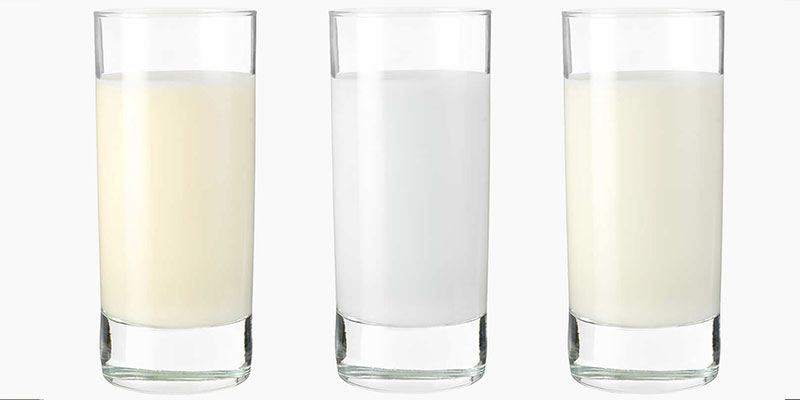
Colostrum provides all the nutrients and fluid that your newborn needs in the early days, as well as many substances to protect your baby against infections. Its color and thickness are due to the fact that it is higher in these protective factors. (Compared with more mature human milk, colostrum is also higher in protein, slightly lower in sugar, and significantly lower in fat.)
While your breasts will not feel full the day that you give birth, you already have enough colostrum to nourish your baby. Your body will produce colostrum for several days after delivery until your milk increases in amount and becomes more creamy or white in color—a time that mothers frequently refer to as the milk “coming in.”
First Feeding
Your baby will be born with a suckling instinct, though it is stronger in some babies than in others. Since this instinct is intense immediately after birth, it is best to introduce him to the breast within the first hour or so of life. Not only will his suckling at your breast stimulate your breasts to produce more milk, thus beginning the establishment of a reliable milk supply, but it will signal your uterus to contract and decrease the chance of excessive bleeding after delivery.
This first feeding will also help him begin to learn how to nurse. Placing the newborn baby skin to skin against your chest will help to encourage your baby to smell the colostrum and want to latch on and begin his first feeding. In fact, the initial phase of breastfeeding is a learning process for both mother and baby.
Some newborns show little initial interest in nursing. Fortunately, newborns do not need much fluid, and their mothers’ breasts contain only small amounts of the very important colostrum. At this stage, it is more important that babies feed frequently than it is for them to feed for long periods of time. Since the breasts are not yet extremely full of milk, they remain soft and supple after delivery, making it easier for the baby to learn to suckle.
In these early days, it is normal for a baby to lose some weight. This weight loss consists of extra fluid accumulated during pregnancy. In the days after delivery, your baby’s appetite and need for fluids will increase. Approximately two to five days after birth, the colostrum production will give way to a higher volume of transitional milk.
Last Updated 11/2/2009
Source New Mother’s Guide to Breastfeeding, 2nd Edition (Copyright © 2011 American Academy of Pediatrics)
The information contained on this Web site should not be used as a substitute for the medical care and advice of your pediatrician. There may be variations in treatment that your pediatrician may recommend based on individual facts and circumstances.






